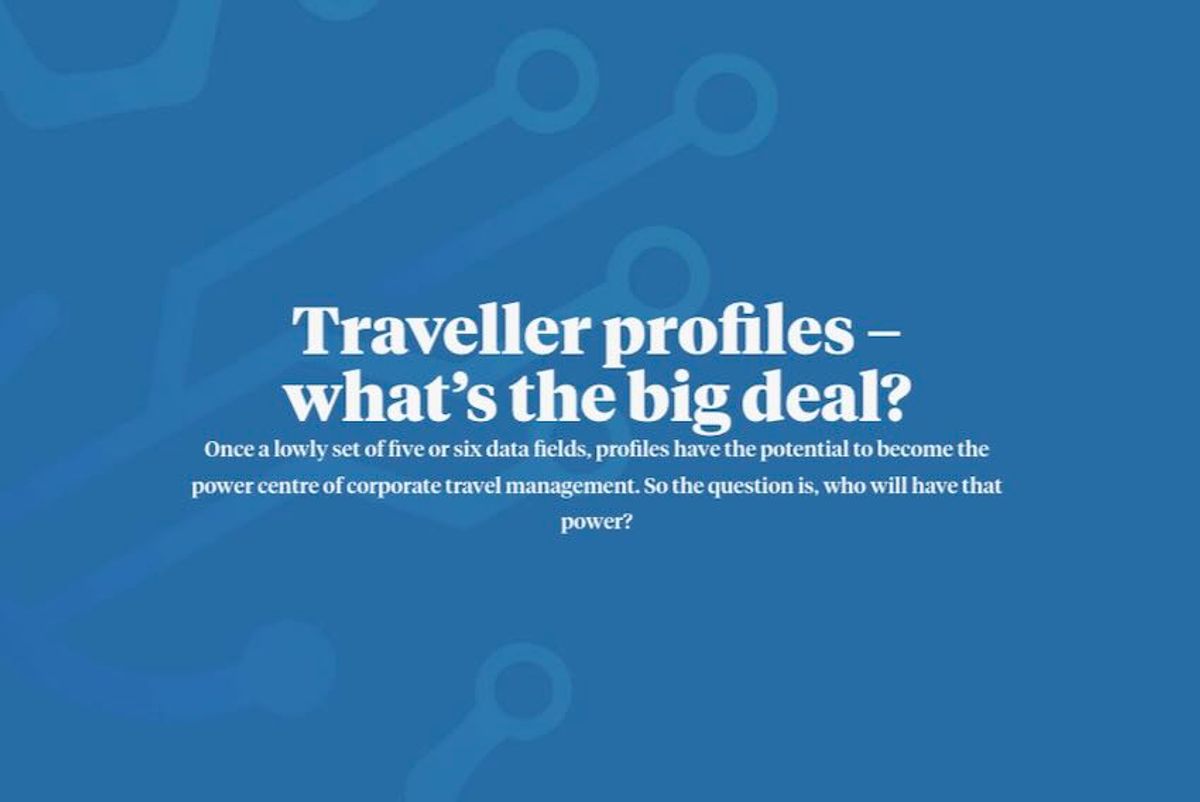Travlr ID is another provider poised to serve this traveller-owned-profile market. It has made inroads with Amadeus Cytric as a new member of their partner network. Just recently, the company announced a partnership with Pilz’s Umbrella Faces to bridge Travlr ID’s blockchain-based technology into a broader TMC universe, should the latter see fit to adopt such tools.
Chief commercial officer and former EY travel innovation manager Ian Spearing says the past year has been spent “hardening” the technology in preparation for accelerating partnerships and corporate clients in 2025.
“We’re having the kind of technology discussions with travel agencies and technology providers in the travel industry about how we help enable or improve some challenges they have around profiles,” says Spearing. “Whether that’s adding modules of tech into their current systems or looking at replacing what systems they offer out to their customers. Finally, we’ll be going direct to corporates and talking through different use cases for companies looking to slightly fragment their technology stacks and own certain elements of their technologies that could enable a different type of programme, with better personalisation, more efficiencies or different payment options.”
In a Travlr ID world, the individual maintains the core data of name, birth date, email address, phone number, payment information, but then also can add those loyalty numbers, travel preferences and health or other information at different levels of transparency. It’s the task of potential recipients of that data to unlock retail options or services based on whether or not the traveller will release those data points to them. “That’s where the competitive edge will come for those forward-thinking [travel] suppliers,” says Spearing.
Travlr ID envisions a secondary control panel for the corporate side of the profile that interfaces with HR systems and other internal sources of data. “From a corporate perspective, they would give API access into their HR systems or allow an extract direct from an API into our dashboard,” says Spearing. “That dashboard would be stored in the customer infrastructure –we don’t store the data. Our blockchain simply transacts the data. And the company has control over the corporate data, obviously, not the traveller.”
Spearing, like Pilz, sees the profile as being relatively simple in terms of the data fields – though they could be numerous; he does not envision Linnihan’s infinite data string or booking history. “Because that really is influenced by the company – and their specific programme, policies, etc. As a result, it probably shouldn’t follow a person to the next employer.”
Andy Menkes, now the long-standing CEO of Partnership Travel Consulting and arguably the guy who started this whole conversation in the first place, does not agree. He positions the traveller as the control centre of all travel-related information with singular ability to grant or deny access.
I want all my trip history in my travel profile, but my company can only the see the business travel,” he says. After all, he added, corporate travellers are leisure travellers too. “If I own the profile and I’m granting the access, why shouldn’t I have all that?”
How it all plays out is anyone’s guess, but buyers are getting more choices and they should understand the implications of how they choose. For sure, the profile should not be overlooked – whether a buyer is plugging in their own choice or sourcing a TMC that is providing profile-activated services. Because what was once the utilitarian profile may ultimately end up being the kingmaker of corporate travel ecosystem players.

